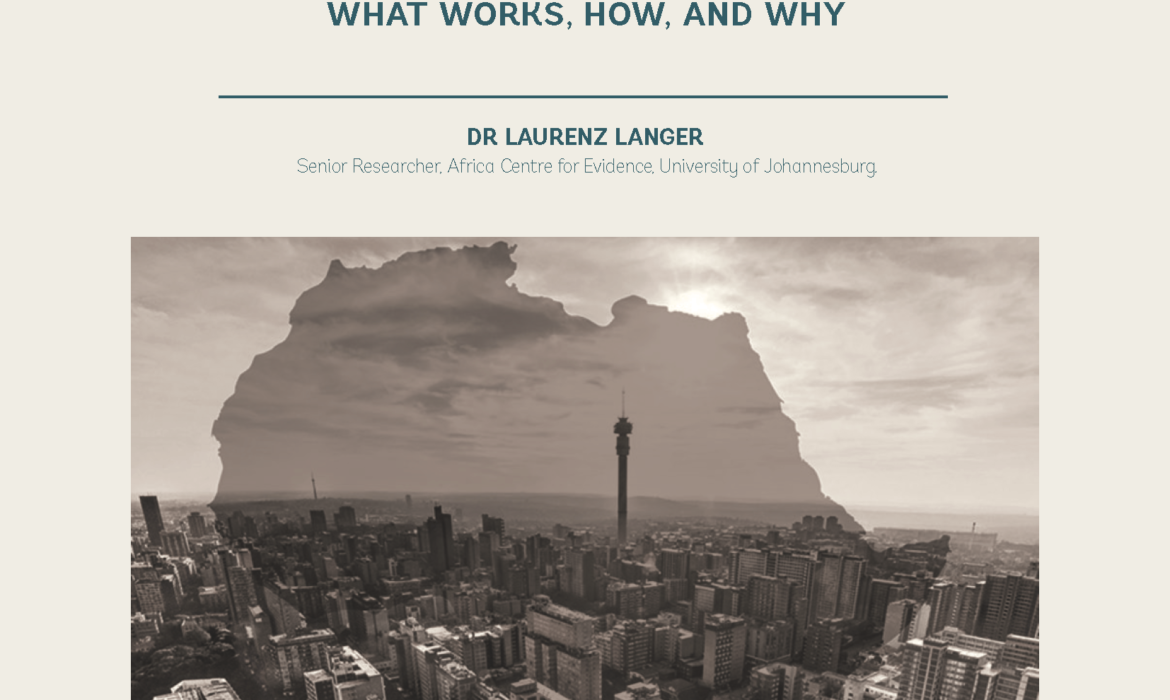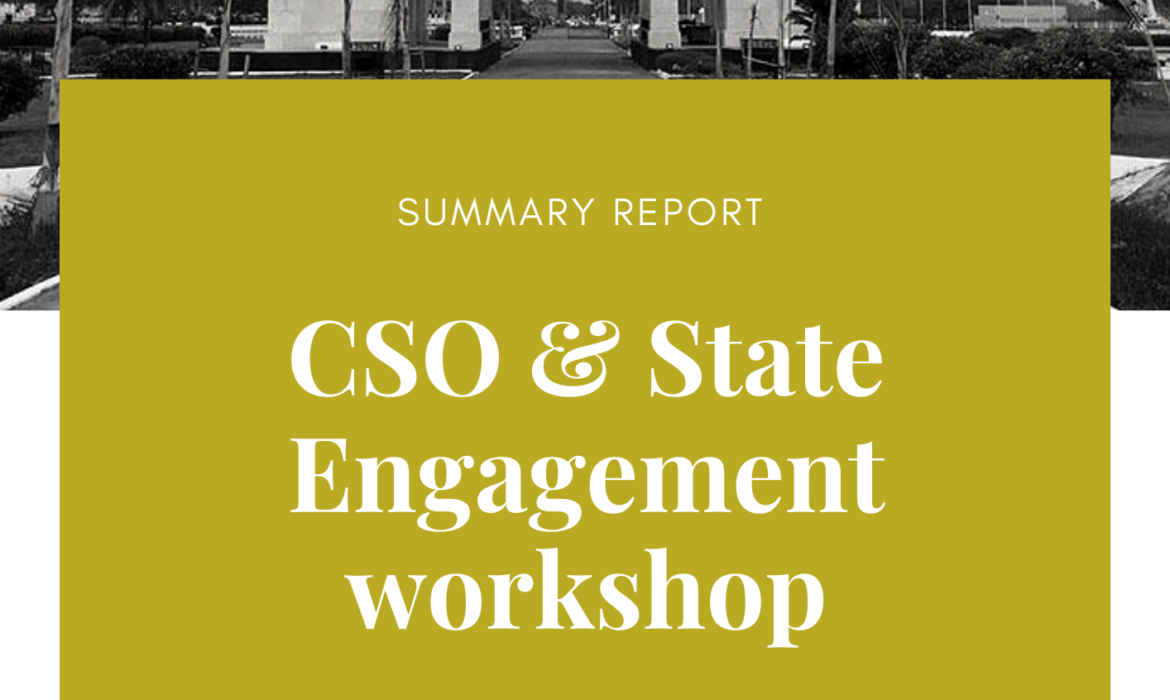A Framework to Assess What Works, How, And Why
March 2021
This policy brief presents an analytical framework for investigating the effects of interventions aiming to support the use of evidence for decision making. The brief describes the components of the framework and how it has been applied to guide the analysis of evidence-use cases and interventions. The objective of the analytical framework is to provide an inductive analytical tool that can be adapted and applied by all stakeholders in an evidence journey and at different stages to better understand the process and outcome of evidence use. The aim is to facilitate a structured analysis of evidence use in decision making to transfer and compare findings and lessons learnt across contexts. Having used the framework to guide the analysis of the eight case studies presented, the following key messages have been identified:
- An analytical framework for evidence use supports the design and evaluation of interventions and analysis of cases of evidence use.
- Evidence use is not a passive process and the framework provides a versatile analytical tool to guide the active intervention in and facilitation of this process.
The framework suggest three main shifts in thinking about evidence use:
- Centring the decision makers and their demand for evidence as the starting point for evidence use.
- Unpacking evidence use interventions by underlying mechanisms of change.
- Conceptualising evidence use as a behaviour change.
Mise En Oeuvre De La Phase Pilote De l’Outil d’Evaluation De La Performance De Gestion Du Service Public (MPAT)
Décembre 2019
La mise en oeuvre de la phase pilote de l’outil d’évaluation de la performance de gestion du service public (MPAT) a permis de:
- créer une mobilisation effective et une prise de conscience collective autour de l’outil au regard du niveau d’appropriation et de participation des acteurs ayant pris part à cette phase pilote;
- mettre en évidence au niveau des organisations concernées les tâches, activités ou actions (ne nécessitant pas forcément de moyens financiers) généralement négligées et dont la réalisation participe de l’amélioration des performances de gestion d’un sous-domaine donné;
- disposer d’un référentiel de mesure des améliorations dans les pratiques de gestion au niveau des organisations;
- relever les insuffisances dont la prise en compte participe de l’amélioration de la qualité de l’outil pour la phase de généralisation.
De l’analyse des résultats obtenus à l’autoévaluation et à la modération, il se dégage un score minimum d’environ 66/100, soutenu par les efforts d’amélioration des pratiques de gestion dans certains domaines tels que la planification et la gestion des ressources financières et matérielles. Des améliorations ciblées sont nécessaires dans les domaines de la gestion des ressources humaines, de l’information et des connaissances, la gouvernance et la reddition des comptes.
Evaluation Rapide Du Mecanisme De Dotation Des Ressources Du FADEC- Agriculture Aux Communes
Janvier 2021
RESUME
Le FADeC-Agriculture est un mécanisme d’allocation de ressources aux communes du Bénin mis en place en 2015 et identifié en 2019 comme outil principal de financement du Plan Décentralisation et Déconcentration (P2D) du secteur agricole. Malgré les efforts faits au niveau de l’administration centrale pour le rendre opérationnel, il souffre d’un certain nombre de dysfonctionnements qui minent sa performance. Somme toute, l’administration centrale doit prendre les dispositions idoines pour permettre à ce fonds de jouer pleinement son rôle.
CSO’s and the State Engagement workshop – Summary Report
April 2019
Overview of findings from the Accra Workshop, 30th April, 2019
The current sanitation sector in Ghana is the main responsibility of District Assemblies in terms of service delivery, yet it is a sector that cuts across several ministries such as the Ministry of Education, Ministry of Health, Ministry of Water, Ministry of Local Government and Rural Development and the Ministry of Sanitation and Water Resources. Despite the raised profile of sanitation since the current President came to power, it remains a largely unfunded mandate of District Assemblies.
Sanitation is a broad concept encompassing several services of which solid waste management tends to take the limelight in attention and budget because of its visibility, ie: mountains of litter on side-walks invites rats and mice and becomes a source of easily transmittable diseases.
The Liquid Waste division of EHSD indicated that the Ministry has two main systems for monitoring sanitation.
Strengthening Collaboration Between Civil Society Organisation and the State in Ghana – Indicator Tracking and Strengthening
May 2019
Twende Mbele, CLEAR-AA and GMEF, through the process mentioned above, identified a consistent challenge in tracking performance monitoring indicators within the Sanitation sector in Ghana. The challenge lies in the inability of the state to tap into existing sources of evidence generation where administrative data or census figures are lacking in the sector. This constraint may be attributed to government systems lacking effective mechanisms for fostering relationships with a broader set of stakeholders, such as universities, the private sector, VOPEs and civil society.
The project explored the opportunities for the use of CSO generated evidence to increase the capacity of government to monitor the Sanitation sector in Ghana through the strengthening and widening of performance indicators. The following working paper offers insight into the methods, tools and processes required to foster collaboration betwee





 CreativeBox
CreativeBox
